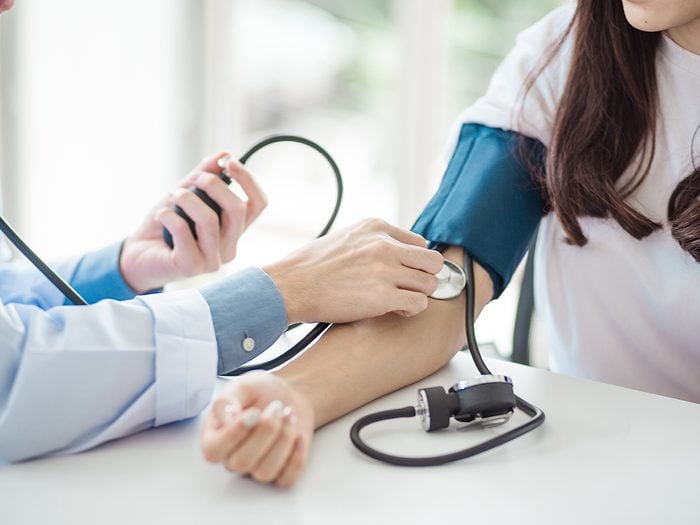
How Does Hypertension Inflict its Damage?
Just as a garden hose under too much pressure can bulge, blow out and blast too strongly onto delicate plants, blood flowing under too much pressure can weaken blood-vessel walls, cause ruptures and damage delicate organs. That’s why hypertension is linked to strokes, heart attacks, aneurysms, eye and kidney damage and more. It also forces the heart to work harder, contributing to eventual heart failure.
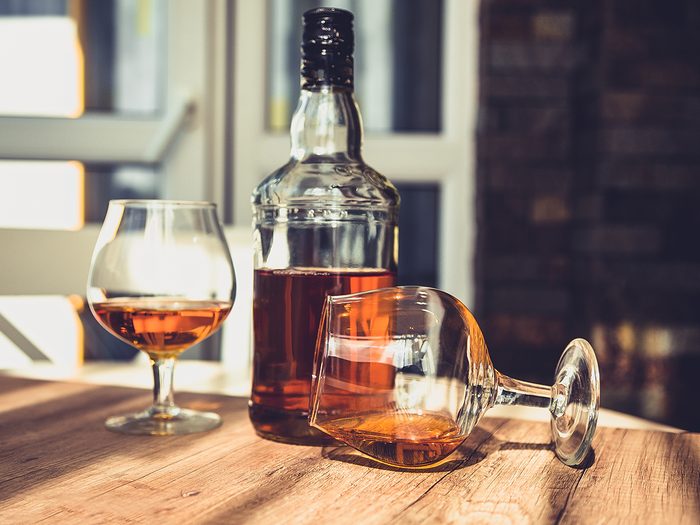
What Causes It?
In about 95 per cent of cases, there is no direct cause. This is called “essential hypertension.” Obesity, lack of exercise, high alcohol and salt consumption, stress and family history are all risk factors. In addition, our blood vessels become stiffer as we age, raising our blood pressure.
In the remaining five per cent of cases, high blood pressure is brought on by another illness or a medication. This is known as “secondary hypertension.” It can be caused by thyroid disease, polycystic kidneys, adrenal gland problems or other illnesses. Medications and supplements known to raise blood pressure include oral contraceptives, cold and migraine medications, non-steroidal anti-inflammatory drugs for pain relief and herbal supplements like St. John’s wort.
Glycyrrhizic acid, a compound found in licorice-containing foods, candies, teas and herbal products, can have a dramatic impact. As little as a half a cup of licorice tea a day may be enough to raise blood pressure. Ideally your doctor will do everything possible to help you avoid unknown causes and exclude secondary forms of hypertension before making a diagnosis of essential hypertension.
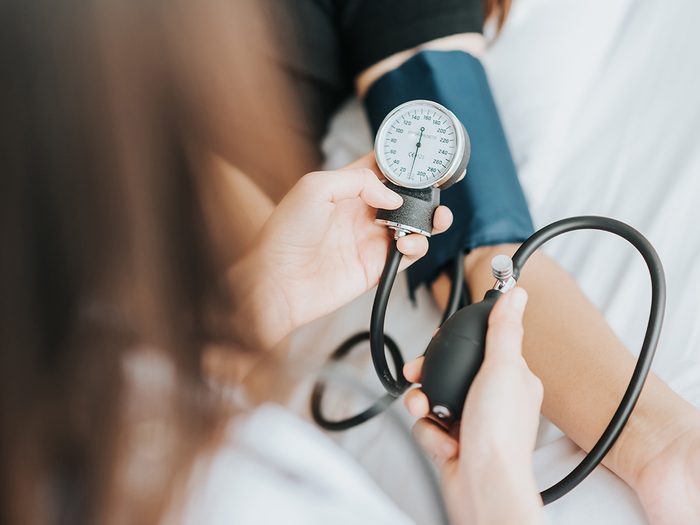
How is It Measured?
The device is called a sphygmomanometer. With the arm supported and the patient still, a cuff is inflated around the upper arm at chest level. The doctor pumps up the cuff manually until the blood flow in the arm is stopped. Then, watching a dial or column of numbers, the doctor slowly releases the pressure until, with a stethoscope, he or she hears the first tapping “Korotkoff sounds”-representing the top number, or systolic pressure. The pressure is released until all sounds disappear-representing the bottom number, or diastolic pressure.
In the automatic method, a machine is used-these devices are on-site at many pharmacies, and they’re usually of a decent quality. However, they’re not guaranteed to measure you properly. To get an accurate reading, warns Dr. Frans Leenen, of the Hypertension Clinic and Hypertension Research at the University of Ottawa Heart Institute, “you need a relaxed arm position, non-stressful circumstances, a well-calibrated machine and the right cuff size for your arm.” According to Leenen, “A lot of the population these days has a higher-than-normal weight, so the standard cuff doesn’t fit everyone.”
Discover the 20+ foods that may help lower blood pressure.
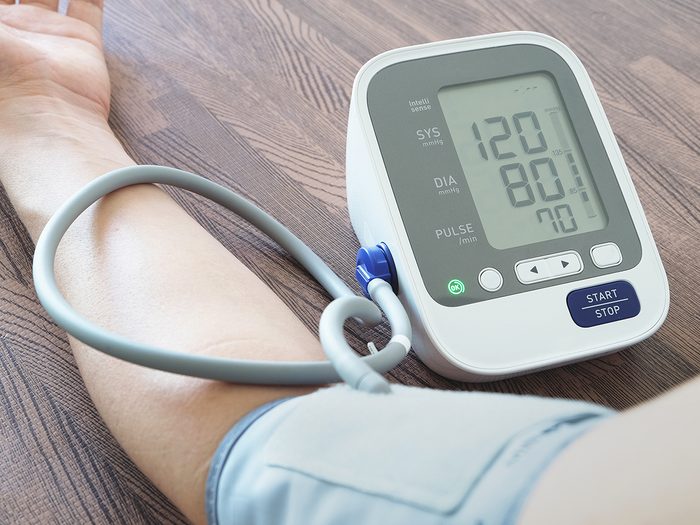
What Do the Two Numbers Mean?
The systolic pressure is the force exerted on your blood-vessel walls when your heart beats and squeezes out the blood. The diastolic pressure is the force on your vessels when the heart relaxes between beats. Optimal blood pressure is considered at or under 120/80 mmHg (millimetres of mercury). When the pressure rises to over 140/90 mmHg, you
have hypertension.
If your numbers are in the higher part of the “normal” range (130-139/81-89 mmHg), you still have an increased risk of stroke and other complications, says Dr. Norm Campbell, Heart and Stroke Foundation Chair in Hypertension Prevention and Control Initiative in Canada. “There’s a misconception that high-normal is totally okay,” he says. “Actually, both high-normal and hypertension are reasons for concern. The difference between them is that hypertension is the point where it starts making medical sense to prescribe a drug-despite the risks that drugs entail-instead of trying to manage things with lifestyle factors alone.”
These natural remedies may help those with high blood pressure.

How Often Should Blood Pressure Be Tested?
This matter is under debate, with no (official) right answer. However, if you are young and in good health, with none of the risk factors, and if your last reading was in the optimal range, then you could wait a few years before checking again. Otherwise, every six months or so should do the trick.
Campbell says Canada is the best country in the world when it comes to diagnosing and controlling hypertension. Routine testing at doctor’s appointments plays a big role in this achievement, and workplace screening is helping fill in the remaining gaps.
Other countries are doing a better job at prevention, though. Some have passed successful measures to restrict the amount of sodium in food, says Campbell. Belgium and Portugal, for example, have legislation limiting the amount of salt in bread. Whereas our country, according to Campbell, has only an ineffective, voluntary salt-reduction system guided by Health Canada. Meanwhile, Leenen would like to see heart-damaging foods burdened with extra taxes, creating a revenue stream to subsidize the production of healthier options. At the end of the day, he says, our choices will be determined by personal responsibility, but it could make a difference if we were nudged in the right direction.
When it comes to the public wallet, hypertension accounts for billions of dollars of health-care costs, according to Campbell. “And since it’s almost completely preventable, that’s arguably not an acceptable situation.”
Here’s what you should do before your next doctor’s appointment—and what you shouldn’t.
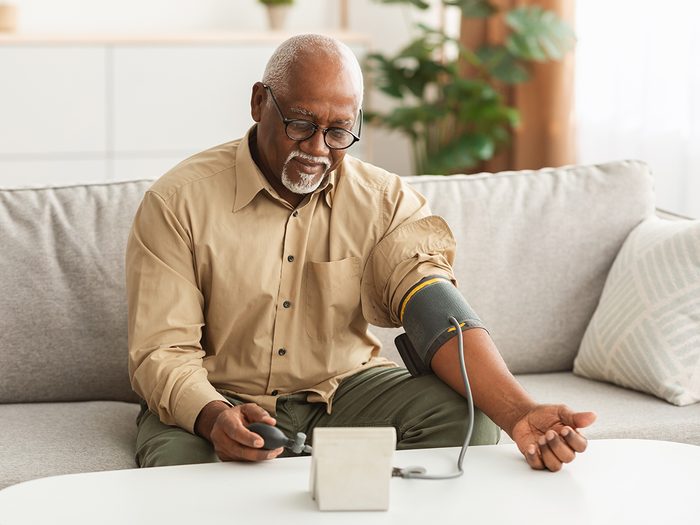
How Many Readings Should You Have?
It’s recommended that doctors have patients sit calmly for the first reading and then take a couple more, one to two minutes apart, before averaging those measurements. If the hypertension is in the mild to moderate range, a follow-up appointment should be made to take readings again. “There’s a lot of overdiagnosis and subsequent overtreatment of hypertension,” says Leenen. “If you’re just on the borderline, then I would have you come back in two or three months to monitor it.” When readings are repeatedly above 140/90 in the doctor’s office and 135/85 at home, then the patient would normally be considered to have hypertension.
About 20 per cent of us register abnormally high readings when our blood pressure is taken at the doctor’s office but normal readings at home. This phenomenon, called “white-coat hypertension,” probably results from feeling a bit nervous in a hospital or clinic setting. On the other hand, about eight per cent or more of people have readings below the hypertensive threshold at the doctor’s but are actually hypertensive at home. That’s known as “masked hypertension” and may go undetected for years.
Here are 20 health symptoms you should never ignore.
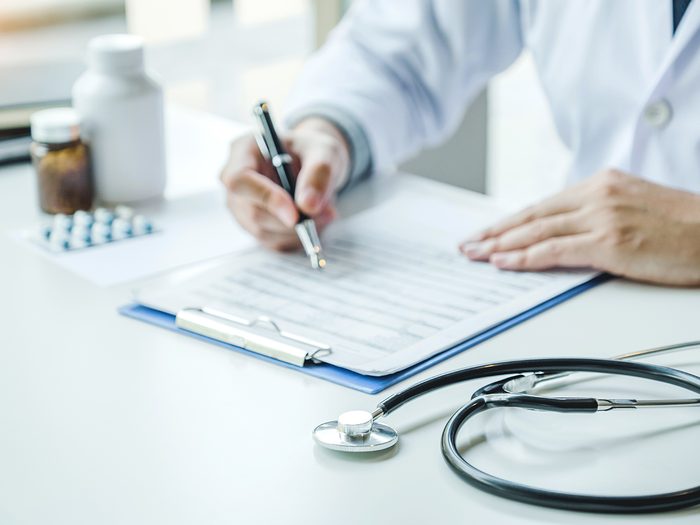
What Else Should Be Done if Your Readings are High?
Any hypertension results should trigger a careful analysis of medical and family history, as well as tests to investigate other risk factors, such as blood or urine analysis for cardiovascular disease, diabetes, kidney damage, gout and arthritis. The higher your risk factors for cardiovascular disease, the more important it is to lower your blood pressure.
These are the best exercises to help relieve arthritis pain.

Which Lifestyle Changes Make a Difference?
Five key behaviours can have a big impact on blood pressure: exercising four or five times a week, reducing alcohol consumption below three drinks a day for men and two for women, reducing salt consumption (particularly in processed foods), maintaining a healthy weight, and increasing fruit and vegetable intake. Quitting smoking and managing stress are also good moves, and recent studies suggest that reducing sugar intake, even without weight loss, is yet another step that can improve blood pressure.
These lifestyle factors have the added benefit of being “the same ones that help to prevent obesity, diabetes, cancers and all the greatest threats to our lives,” says Campbell. “Ideally, everyone should implement them, whatever their blood pressure.”
Find out what might happen to your body when you start walking 10,000 steps a day.

How Difficult is It to Make Lifestyle Changes?
Developing heart-healthy habits can be challenging. Even so, there are examples of Canadians who’ve managed to turn their daily routines around. When Ryan de Gans was diagnosed with hypertension at the young age of 21, he took it as a cue to “figure himself out.” The Edmonton native was under a lot of personal stress, and his anxiety caused repeated panic attacks. He also had a habit of drinking heavily with his buddies. After his doctor told him he had high blood pressure even when he was in a calm state, he quit smoking and alcohol, took up regular exercise and found rewarding new work as a business-development consultant.
“A lot of physical changes came out of my new way of life, but the real change took place in my mind,” he says. “I found a vision for my future; I found value in my life; I found a reason to want to be fit and healthy.”
Failure to make a major lifestyle change may lead to indefinite pharmaceutical treatment. That, in itself, can be difficult, says Rhian Touyz, a leading hypertension expert from Scotland. “Patients become apathetic about taking medication daily for life,” she says. “That’s why it is so important to have regular contact with your doctor and regular motivation from health-care providers.”
The consequences of uncontrolled hypertension can be dire. According to the Heart and Stroke Foundation, it is a leading risk factor for heart disease and stroke, two of the three most common causes of death in Canada, responsible for over 69,500 and 14,000 yearly deaths, respectively.
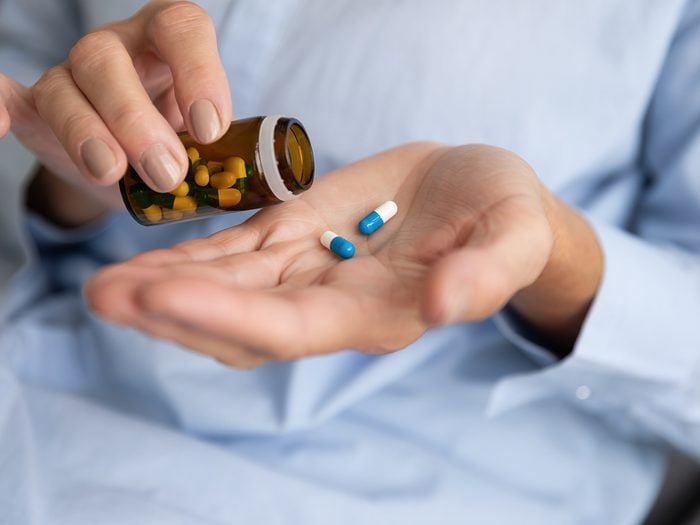
If I Take Medication, Will There Be Side Effects?
Many types of medication are now available. Everyone should be able to find a drug, or combination of drugs, that controls blood pressure with minimal to no side effects.
Some hypertension medications may cause diarrhea or other gastrointestinal problems. For example, olmesartan, an angiotensin receptor blocker (ARB) with the trade names Benicar, Azor or Tribenzor, has been associated with celiac-like changes to the intestine. Tell your doctor about any side effects.
Sometimes the process is one of trial and error. Montrealer Ray Taylor, 56, started off with a low dose of an ARB, but his blood pressure was still high after a month. His doctor doubled the dose, then added a diuretic to the mix before Taylor’s reading finally reaching the target range. “Altogether, it took about three months to get to a place where it was working,” says Taylor. But he had no side effects and started feeling better almost right away.
“I was a bit nervous at first about how it would go, just like anybody starting a new medication,” Taylor continues, “and I don’t like to think of myself as a guy who takes pills. But the consequences of heart disease are a lot worse. So my message to anyone in the same boat is: don’t put it off.”
Next, find out how certain lifestyle factors can actually help you reverse heart disease.